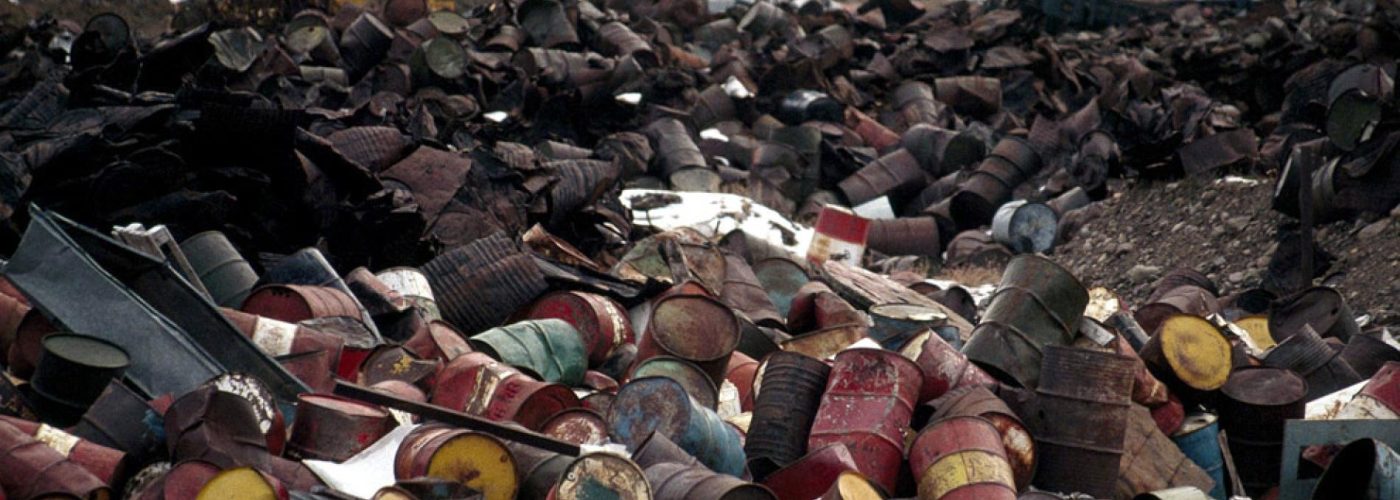For eager and entrepreneurs and potential investors the construction industry has never been more profitable, and with more demand for better infrastructure in cities with growing populations, the number of firms working in the UK has been rising according to the Office of National Statistics. A significant increase of 6.2% in 2017 was recorded, meaning that there were 314,590 active in the UK.
With increased earnings, the rising value of new construction orders and highest level of employment to record the numbers sound evermore impressing. The industry does encounter some downfall however, even with these numbers, the delivery from the client can be impacted.
A whole development plan can need changing if there are hazardous materials detected on building sites. This costs the business time and money, which might not be an option for them. Environmental consultants are now being invested in by construction developers as they realise that this type of waste needs to detected early and removed as soon as possible.
Hazardous waste, what is it and how can you handle it?
Hazardous waste is when it contains harmful substances to human health or the environment, even if it does not have an immediate effect states The Health and Safety Executive. Whether the business is a producer, carrier, consignee or holder they’re responsible for handling the hazardous waste.
The most common types of hazardous waste are:
- Asbestos
- Chemicals
- Batteries
- Solvents
- Pesticides
- Oils
- Various equipment that include ozone depleting substances and general hazardous waste containers — which can be quite common in construction.
- Excavated soil or demolition materials contaminated with any of the above
The above hazardous substances can come in solid, vapour, micro-organisms, liquid and gas forms. Some of the substances can appear in more than one of these forms at the same time, therefore businesses handling these must be properly equipped to do so.
Each year globally, we produce 400 million tonnes of hazardous waste, that’s around 13 tonnes every second. This figure has increased massively over the years and businesses are pressured by the governments around the world to ensure they keep their waste levels to a minimum through The Waste Hierarchy, which is to prevent, reuse, recycle, or recover waste in that specific order.
General waste and hazardous waste must be stored differently, with security, safety and environmental protection being the main focuses.
A good understanding of Hazardous properties such as flammable, ecotoxic, explosive and carinogenic are important to allow you to segregate or store wastes properly with the security, environmental protection and safety in mind.
Making sure that your waste is labelled appropriately so there’s no mix up in identifying it and making it secure is key. This prevents your construction site from contamination and waterproof covers are also recommended to make sure there are no waste run offs to contaminate other areas.
Records must be kept so that everything is accounted for alongside taking the correct physical precautions. You must fill out a consignment note before your waste management company comes for collection, this is required when:
- Collections from businesses that are registered waste carriers.
- Movements from one premises to another within the same organisation.
- When another business has produced waste, movements from customer premises.
The consignment note is not needed when:
- The movement of domestic hazardous waste – other than asbestos.
- Waste has been imported and exported under international waste shipment controls that
require a different movement note.
All this paperwork should be kept on file, in some cases for several years.
EA (in England and Wales) and SEPA (in Scotland) deal slightly differently with Hazardous wastes. Development projects require a lot of thinking when it comes to hazardous waste. Making sure you’re well prepared for your next build by analysing the site you’ll be working on before getting plans put in place or having environmental consultants in is a necessity.
Sources:
https://www.gov.uk/managing-your-waste-an-overview
http://www.hse.gov.uk/construction/healthrisks/hazardous-substances/key-points.htm
https://www.gov.uk/dispose-hazardous-waste
http://www.theworldcounts.com/counters/waste_pollution_facts/hazardous_waste_statistics






